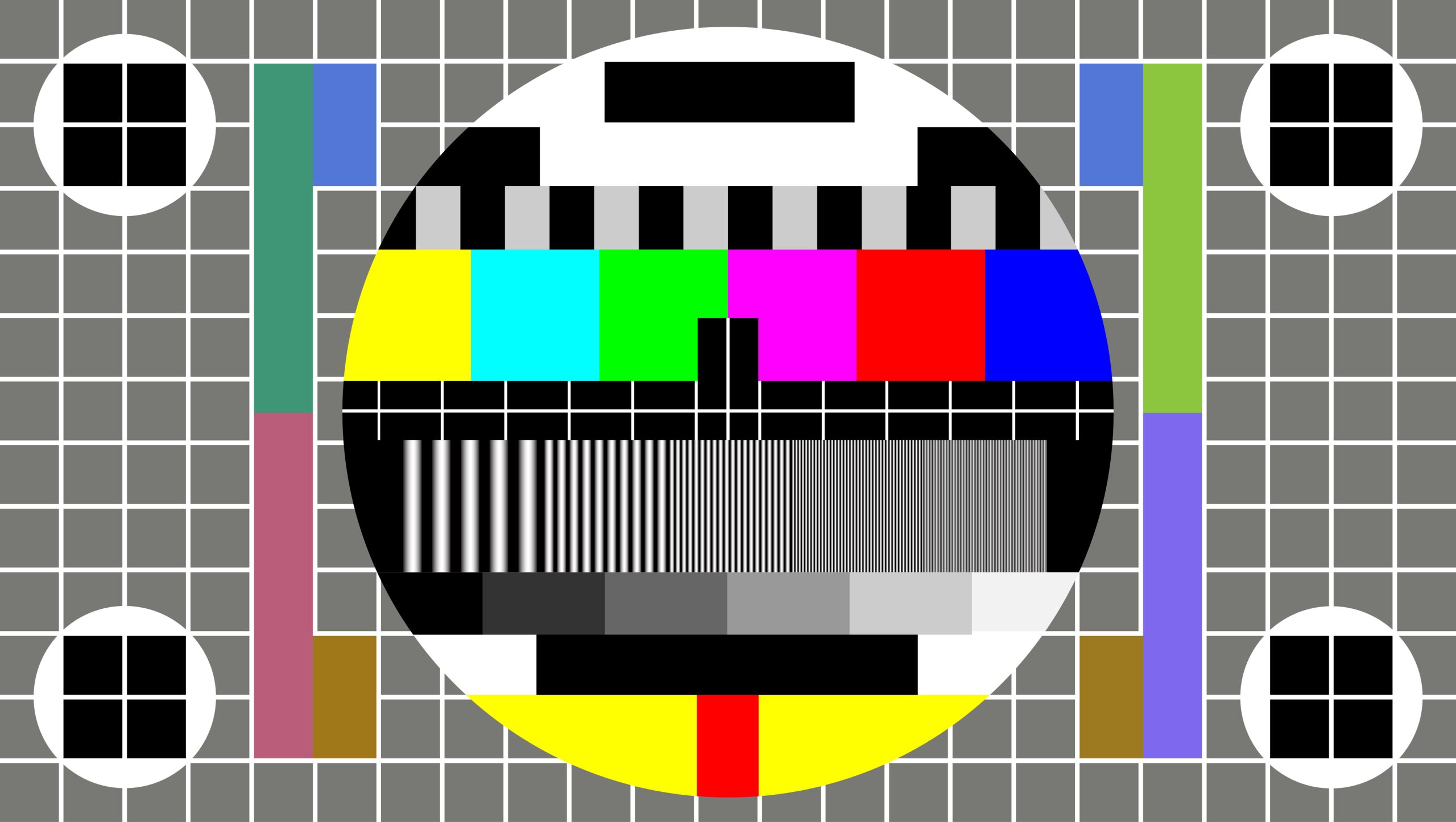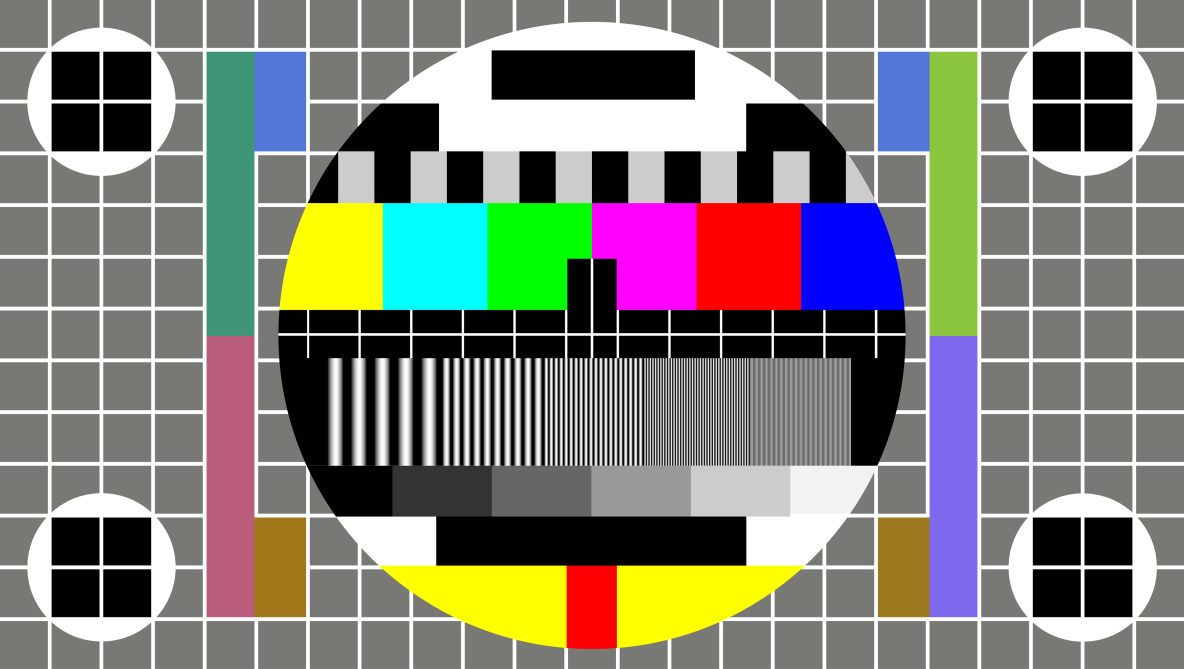
Earlier in the month, News Corp (owner of Australia’s Foxtel) CEO Robert Thomson made the surprise announcement that “potential buyers had emerged for the Foxtel business during a review of the company’s assets.” What is most stunning about this is not that the company is attempting to sell off a cable business in structural decline, but that it also includes the company’s streaming offerings Kayo, Binge and even Hubbl.
Murdoch and his associates have made prudent decisions in the past, splitting News Corp’s media and entertainment assets early last decade and then selling the majority of its (21st Century Fox) entertainment assets to Disney for US$71bn a few years later, all but exiting the “streaming wars” in the US. Murdoch knew what Disney didn’t: his entertainment assets were not strong enough to compete with Netflix or even Amazon.
But what does the potential sale of growing assets like Kayo, Binge and Hubbl say about the current competitive dynamic in the TV market? We can look to the US to glean some insights.
Houston, we have a problem…
For example, Warner Bros. Discovery reported earnings this month, and despite owning some of the highest quality TV assets in the world (Game of Thrones), it wasn’t pretty. The company’s revenue growth stalled as its cable and broadcast businesses go backwards, only partially offset by growth in the company’s streaming service Max (formerly HBO Max). The company’s cost cutting helped just a little, with the company making a US$9.1 billion write-down in the value of its traditional TV networks business. Meanwhile, Paramount (owner of Channel 10 here in Australia) booked a similar charge, but for a smaller sum of US$6.0 billion, with attendant reductions to its US workforce of 15% (2,000 employees).
So collectively, Warner Bros. Discovery and Paramount erased US$15bn in value from the traditional TV business in a week. It is the much faster decline in cable television in the US that is forcing these once-were-giants to double down on their global streaming aspirations. This is existential.
Unfortunately for News Corp and Foxtel, HBO, the provider of the most attractive content on Murdoch’s Binge streaming platform (House of the Dragon, The White Lotus, Succession) is entering the Australian market as early as 2025. It is unlikely that Binge will hold on to HBO’s premium programs for much longer.
Sport: same-sized audience, higher costs
Cord-cutting (cable subscribers cancelling in favour of streamers like Netflix) is not a new phenomenon. However, sports content has been cable’s marquee asset. Sticky (in the sense that they don’t move once their team-based bundle is set) sport-viewers have been willing to pay cable subscription prices that grow fast enough to offset the revenue lost to those who ditch the cable bundle and stream instead. This precarious arrangement persisted until last year, when the cable operators (who bundle entertainment content) pushed back (more detail in the insight from September last year: Disney Blinks so you don’t have to).
While it has become harder to raise the prices on cable, the cost of cable’s keystone sport content is climbing – squeezing the legacy players on both sides. Sports leagues across the world know that their content is an incredible drawcard. In Australia, this has led to a A$4.5bn seven-year deal for the AFL (up from A$2.5bn in 2015) and a A$2bn five-year deal for the NRL (up from $1.8bn in 2015). In the US, its the same problem, but supersized – US$110bn for an eleven-year deal for the football (up from a US$28bn nine-year deal) and US$76bn for the NBA (up from a US$24bn 9-year deal).
The movement of sports away from cable and onto streaming is still in its early days. However, the writing is on the wall. Foxtel is moving from a world in which it can charge $90/month for a bundle of what is effectively just news and sports to charging between $25 and $35/month for those very same (increasingly expensive) sports.
Foxtel’s answer to these problems…
is far from obvious – it has launched a set-top box for the streaming world: Hubbl. But this is a decade late, with the market now dominated by the likes of Amazon Fire TV and Google TV in Australia (and Roku in the US). Sam Buckingham-Jones of the AFR puts it succinctly:
In the face of this, Foxtel has spent $77 million launching Hubbl, a confusing answer to a question no-one was really asking. The numbers circulating of how many Hubbl units have been selling at major retailers are, to put it mildly, rough.
And so it is that every single part of Foxtel’s streaming strategy is challenged. Fun fact: just like it was in the HBO program Succession!
Is it all ugly and bad? What about the good?
We have long maintained that the companies best-positioned within the streaming theme were those that weren’t cannibalising themselves (pure plays) and which are not saddled with extraordinary amounts of debt.
Netflix continues to lead the pack in general entertainment, growing subscribers on its long, long runway, raising prices as engagement grows and now with a fast-growing advertising business (the company points to a >150% increase in ad sales during negotiations this year compared with 2023). It’s also dipping its toe in the water in a smart way in sport – from a position of strength, with NFL Christmas Day specials (no billion-dollar price tag) and a ten-year global deal for westling (WWE’s flagship Monday Night Raw).
Meanwhile, Roku as the TV platform for almost half of American broadband houesholds seems well-positioned to benefit from the ongoing shift in viewing to streaming and the likely step-change that occurs as a result of the proliferation of sports streaming.
Industry commentators have been talking about the demise of cable (and linear TV) for decades. Now, with unprecedented TV asset write-downs, surprise business exits from legacy players and sports finally moving to streaming in the US, winter might have finally come. We are positioning investors accordingly.
Share this Post


